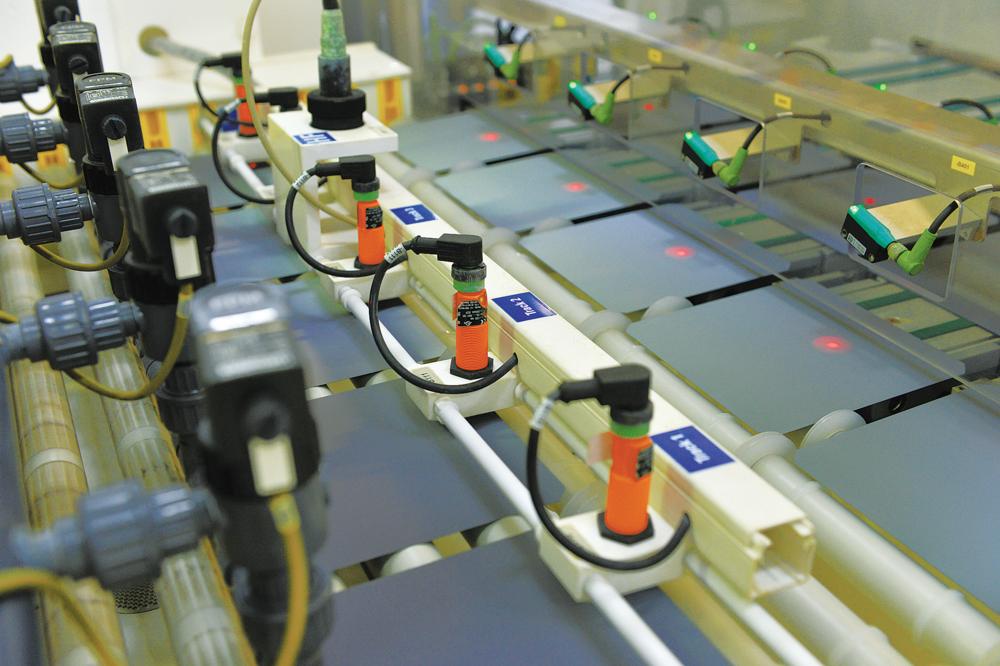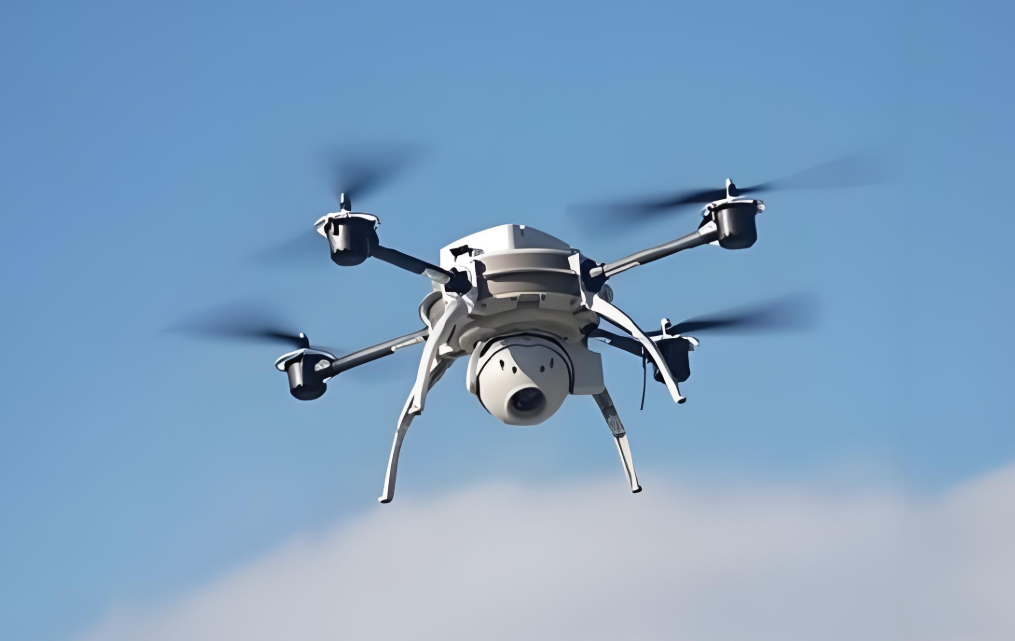With the continuous advancement of technology, ultra-low temperature testing has become an indispensable part of many industries. In this regard, ultra-low temperature test chambersat -196°C demonstrate unique value and broad application prospects. Whether in aerospace, electronics, medicine, or materials science, these test chambers provide robust support for product testing. Below, we will explore the primary applications and significance of -196°C ultra-low temperature test chambers in various fields.
1. Aerospace Industry
In the aerospace sector,-196°C ultra-low temperature test chambers are primarily used to evaluate spacecraft and their components. Spacecraft must endure extremely low temperatures in outer space, making material durability and performance assessment critical. These test chambers simulate the frigid conditions of space, allowing researchers to examine mechanical and thermal properties under extreme cold, ensuring spacecraft reliability and safety.
2. Electronics Industry
For electronic products, ultra-low temperature testing at -196°C helps engineers assess performance in cryogenic environments. Many electronic components, such as semiconductors, sensors, and batteries, are sensitive to temperature fluctuations. By subjecting them to ultra-low temperatures, engineers can study their operational stability and failure mechanisms, providing crucial insights for product design and improvement.

3. Medical & Pharmaceutical Industry
In medicine, ultra-low temperature test chambers are used for storing and testing biological samples, such as cells, tissues, and vaccines. These materials are highly temperature-sensitive, and cryogenic preservation prevents cellular damage, ensuring effectiveness in research and clinical applications. Additionally, ultra-low temperature testing helps study biological behavior in extreme cold, advancing the development of new therapies.
4. Materials Science
Materials science is increasingly focusing on the effects of ultra-low temperatures on material properties. Many advanced materials, such as high-temperature superconductors, exhibit exceptional performance at cryogenic temperatures. Using -196°C test chambers, researchers can analyze microstructural changes and performance under extreme conditions, driving innovation in material technology.
5. Other Applications
Beyond these fields, -196°C ultra-low temperature test chambers are also used in food preservation, cosmetics testing, and even textile research. Each industry faces unique temperature-related challenges, and these chambers provide an effective solution.
In summary, ultra-low temperature test chambers at -196°C are becoming increasingly vital across multiple industries, driving technological progress and ensuring product quality. Whether you work in aerospace, electronics, medicine, or materials science, having an efficient ultra-low temperature test chamber will significantly enhance your product testing and R&D capabilities. Let’s step into the world of ultra-low temperatures and explore endless possibilities!














